Viasat preparing to start services from hobbled ViaSat-3 satellite
Original Publication Date: 2024-02-07 03:10
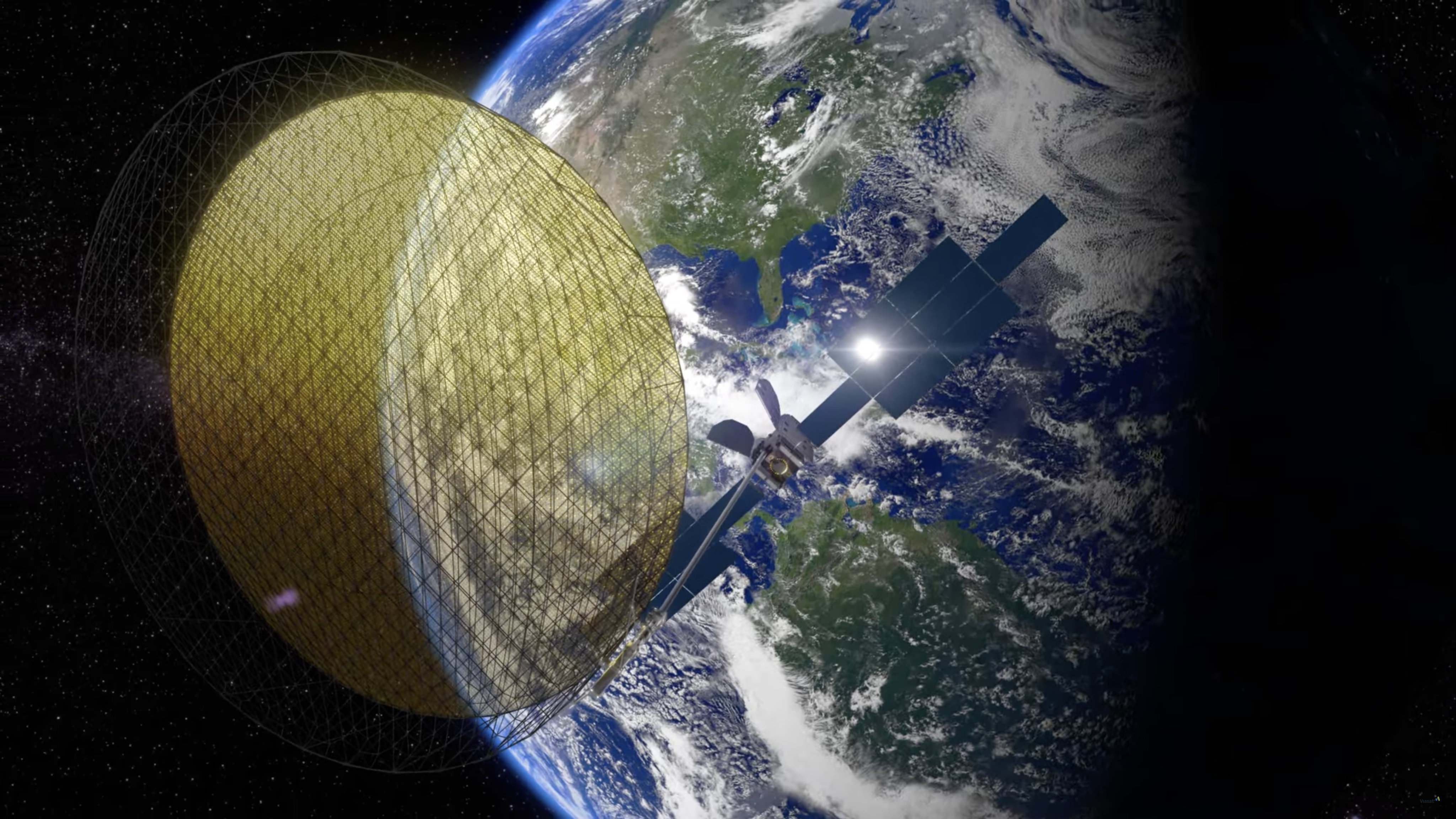
Viasat expects to start providing Wi-Fi to planes by the end of June from ViaSat-3 F1. The satellite lost more than 90% of its 1 terabit per second capacity last year. Viasat has filed a $421 million insurance claim for the hobbled spacecraft.
Venture-backed space companies face “year of reckoning”
Original Publication Date: 2024-02-07 01:25
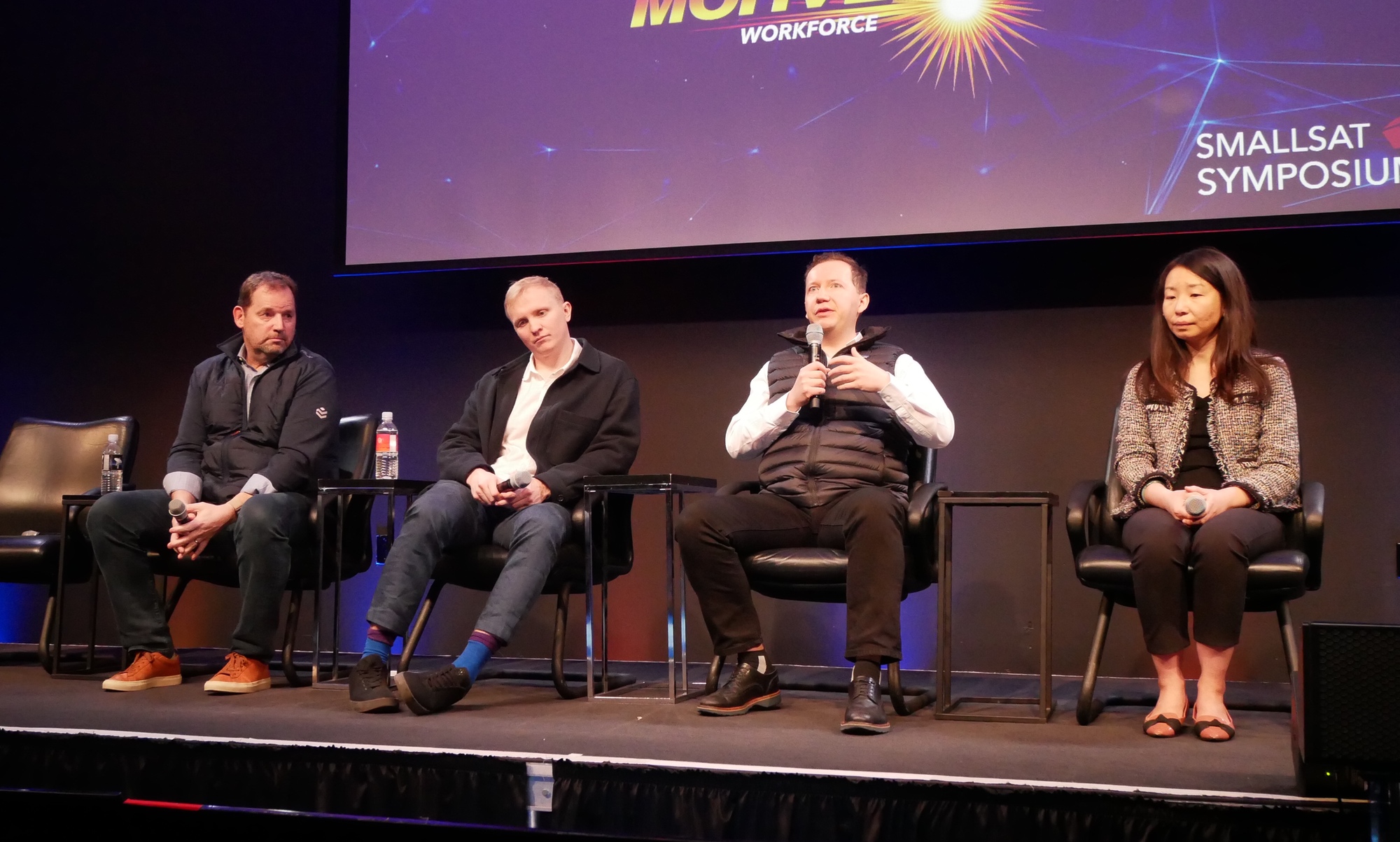
Investment in space companies peaked at $47 billion in 2021. Many companies went public through special purpose acquisition company mergers. The challenges faced by many companies that went public via SPACs has also hurt space startups. Despite the near-term problems, investors saw signs of improvement, citing a rising stock market.
JPL to lay off 8% of workforce
Original Publication Date: 2024-02-06 23:08
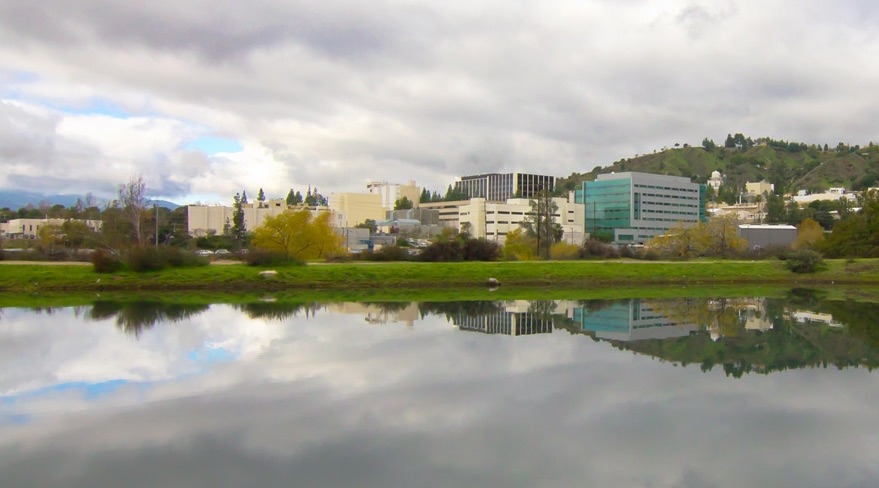
Jet Propulsion Laboratory will lay off about 530 employees, about 8% of its staff. Agency officials said in November that sharp differences in funding for MSR forced them to reduce spending. NASA’s decision to reduce spending on MSR has been strongly opposed by members of California’s congressional delegation.
Space VCs urge startups to pursue government contracts but stay focused on commercial success
Original Publication Date: 2024-02-06 22:51

Small Business Innovation Research can be a lifeline for many space entrepreneurs. But competitive contracts can also consume outsized time and resources. Space startups simply can’t ignore agencies like NASA and the Space Force. Government has stepped up and created a tailwind for the space industry.
Spectrum for the Space and Satellite Industry
Original Publication Date: 2024-02-06 17:42

The recent World Radiocommunication Conference (WRC-23) in Dubai saw regulators and industry players from across the globe attempt to shape the future of telecom, satellite and space applications. 43 new resolutions were approved, with 56 existing ones revised. With spectrum a finite resource, these decisions will be crucial to how space and satellite operations are carried out over the next few years.
AI startup Synthetaic raises $15 million in Series B funding
Original Publication Date: 2024-02-06 13:00

Synthetaic uses artificial intelligence to analyze data from space and air sensors. Wisconsin-based startup raised $15 million in Series B funding. It used artificial intelligence to independently track the Chinese spy balloon’s path across the United States. The round was led by Lupa Systems and TitletownTech, with participation from IBM.
UPDATE: It’s a stand down at final minute as SpaceX scrubs Starlink smallsats launch – SatNews
Original Publication Date: 2024-02-06 00:00

SpaceX is targeting Wednesday, February 7 for a Falcon 9 launch of 22 Starlink satellites to low-Earth orbit. Tuesday the launch teams for the Starlink 7-13 mission got down to the final minute of the countdown before calling a scrub with poor weather conditions. A live webcast of this mission will begin on X @SpaceX about five minutes prior to liftoff.
UPDATE: SpaceX stands down from ISS undocking NASA’s Ax-3 astronauts to return to Earth – SatNews
Original Publication Date: 2024-02-06 00:00

SpaceX, Axiom Space, and NASA are continuing to evaluate opportunities for Dragon and the Ax-3 astronauts to depart from the International Space Station for their return to Earth. Once the undocking sequence begins, Dragon will perform a series of burns to move away from the space station, conduct multiple orbit-lowering maneuvers, jettison its trunk, and re-enter Earth’s atmosphere.
Septentrio reveals new GNSS smart antenna – SatNews
Original Publication Date: 2024-02-07 00:00

AntaRx-Si3 is the first GNSS/INS (Inertial Navigation System) Smart Antenna on the market in an ultra-rugged enclosure. It is designed for easy installation on machines such as agriculture robots. AntaRx- Si3 leverages Septentrio’s GNSS+ algorithms with advanced multipath mitigation.
Beyond Gravity helps NASA with precise positioning capability to track PACE satellite – SatNews
Original Publication Date: 2024-02-06 00:00

NASA’s PACE climate mission uses satellite technology to monitor changes in global marine biology, aerosols (small particles floating in the atmosphere) and clouds. PACE will provide important information about aerosols such as dust, pollen and smoke. These particles can affect air quality and lead to asthma and respiratory diseases in humans.
COTS systems support nexgen satellites— SmallSat Symposium panel of experts upcoming… – SatNews
Original Publication Date: 2024-02-06 00:00

A live panel discussion will occur at the currently running SmallSat Symposium in Silicon Valley, California. At the center of the discussion will be how the next generation of space technologies are contributing to the ongoing growth of SmallSats. Register today and discover how Aitech and other industry leaders are contributing to the evolution of SmallSats at the SmallSat Symposium.
Aldoria names new Vice President – SatNews
Original Publication Date: 2024-02-06 00:00

Aldoria has appointed Mylène Bosio to the newly created position of Vice President of Sales and Marketing. Bosio is responsible for structuring Aldoria’s sales and marketing department and the firm’s international development. Before joining Aldoria, Bosio worked for the satellite operator Eutelsat and subsequently for Airbus Defense and Space.
40 Years Ago: STS-41B, the First Flight of the Manned Maneuvering Unit
Original Publication Date: 2024-02-06 15:43
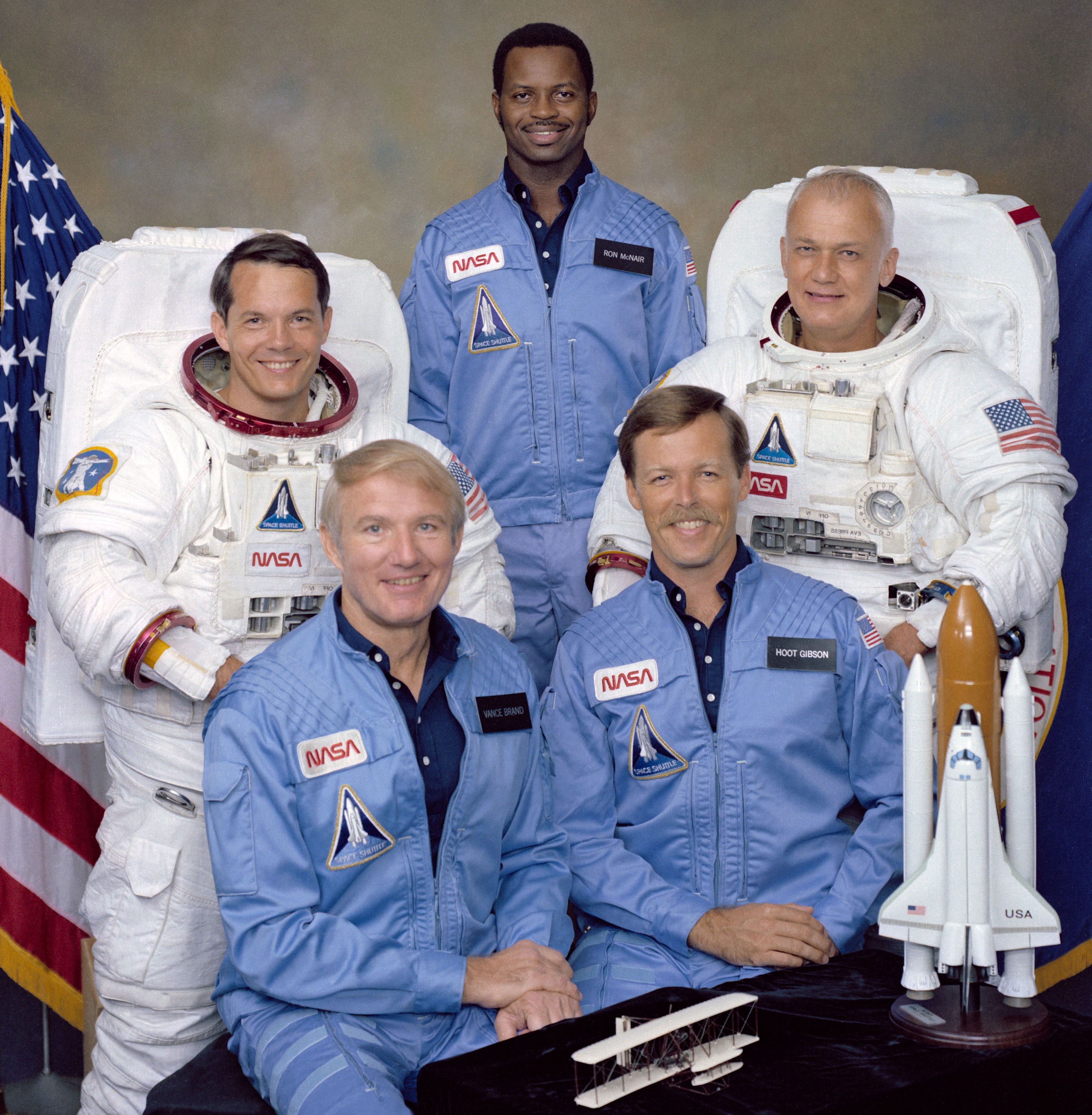
STS-41B took off on Feb. 3, 1984, from NASA’s Kennedy Space Center (KSC) in Florida. Commander Vance D. Brand, Pilot Robert L. “Hoot” Gibson, Mission Specialists Ronald E. McNair, Robert L. Stewart, and Bruce McCandless flew an eight-day mission. The two commercial communications satellites, Westar VI and Palapa-B2, successfully deployed during the mission ended up in non-operational orbits due to upper stage failures.
Gamma-ray Bursts: Harvesting Knowledge From the Universe’s Most Powerful Explosions
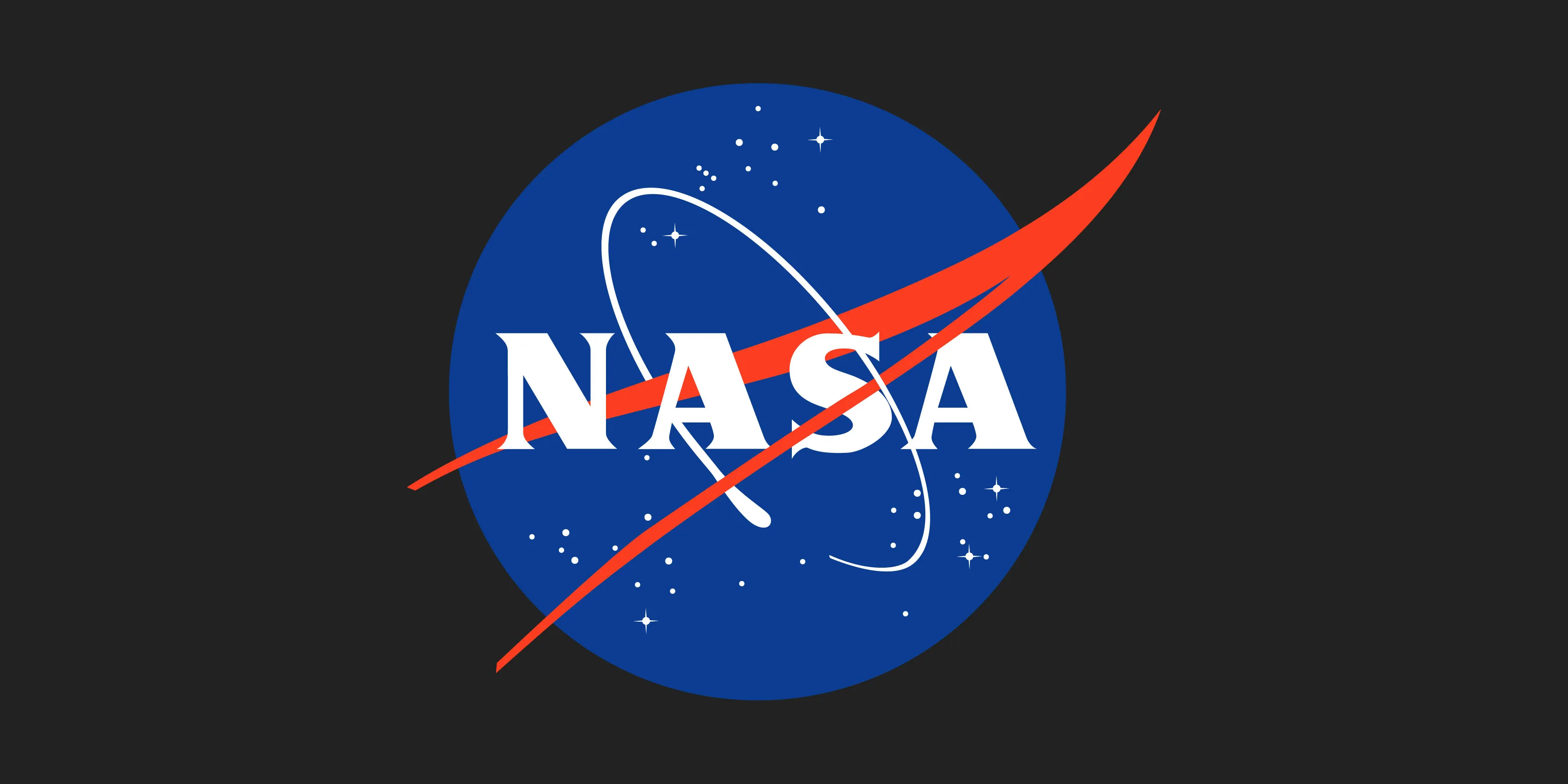
In 1963, the U.S. Air Force launched the Vela satellites to detect gamma rays from banned nuclear weapons tests. By 1973, scientists could rule out both Earth and the Sun were the sources of these brilliant eruptions. The closest GRB on record occurred more than 100 million light-years away.
JPL Workforce Update

JPL director Laurie Leshin sent a memo to employees. Leshin: The workforce reduction will affect approximately 530 of our colleagues, an impact of about 8%. The impacts will occur across both technical and support areas of the Lab. The details of our workforce reductions will be communicated in a single day – tomorrow.
Falcon 9 set to launch PACE science satellite for NASA
Original Publication Date: 2024-02-05 21:45

The Plankton, Aerosol, Cloud, ocean Ecosystem (PACE) ocean science satellite is set to fly aboard a Falcon 9 in a rare polar corridor launch from Florida. PACE is scheduled to fly from Space Launch Complex 40 at the Cape Canaveral Space Force Station on Thursday, Feb. 8. Falcon 9 will take a southbound trajectory to a Sun-synchronous polar orbit, which allows for the satellite to see a given spot on Earth at the same time every day.
